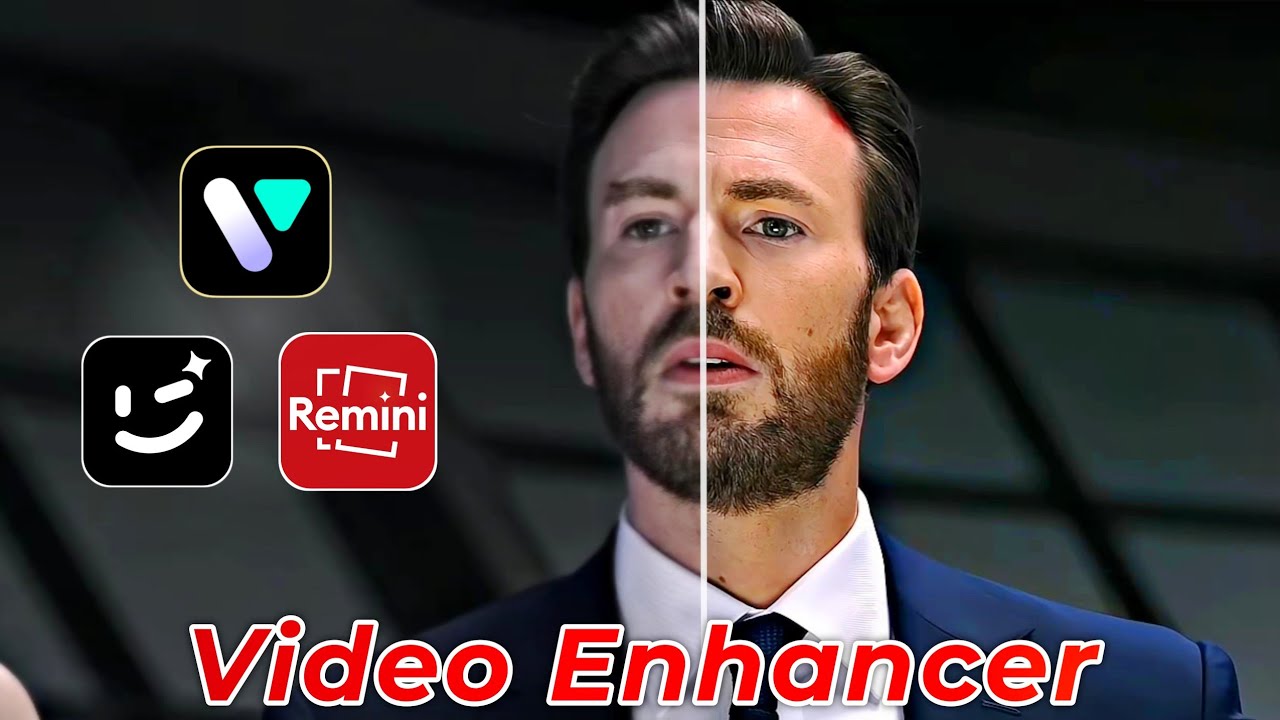Enhancing Video to 4K in 2025: Revolutionizing the Future of Visual Content
In 2025, enhancing video resolution to 4K has become a cornerstone of digital media innovation. With the rise of advanced content consumption devices like ultra-high-definition TVs, smartphones, and immersive VR headsets, the demand for crisp, lifelike visuals is at an all-time high. Enhancing videos to 4K resolution is no longer just a technical upgrade—it’s an art and a science that defines modern storytelling. This article explores the methods, tools, and impact of 4K video enhancement, offering a comprehensive look at how it has transformed the visual landscape.
What Does Enhancing Video to 4K Mean?
Enhancing a video to 4K resolution involves increasing its pixel density to approximately 3840 x 2160 pixels, delivering four times the detail of 1080p HD. This process can apply to raw footage, archival content, or even older videos originally captured in lower resolutions.
Key elements of 4K enhancement include:
- Upscaling Resolution: Adding new pixels to meet 4K dimensions while preserving or improving image quality.
- Color and Detail Refinement: Enhancing textures, contrast, and colors for a more vivid viewing experience.
- Noise Reduction: Removing digital artifacts or grain to create smooth, pristine visuals.
Why Enhance to 4K?
1. Meeting Consumer Expectations
With widespread availability of 4K-capable devices, audiences expect ultra-high-definition content. Enhancing video resolution ensures creators can deliver a premium viewing experience that meets modern standards.
2. Preserving Legacy Content
As technology evolves, older video formats risk becoming obsolete. Enhancing legacy footage to 4K breathes new life into classic movies, documentaries, and personal archives, ensuring their longevity in the digital era.
3. Professional Use Cases
Industries like film, gaming, advertising, and education benefit from 4K content, as it offers unmatched clarity for storytelling, simulations, and marketing campaigns.
4. Enhanced Immersive Experiences
VR and AR applications rely heavily on high-resolution visuals to provide realistic and engaging environments. 4K enhancement ensures these experiences remain visually compelling.
Technologies Driving 4K Video Enhancement
1. AI-Powered Upscaling
Artificial Intelligence (AI) plays a crucial role in modern 4K video enhancement. Machine learning algorithms analyze low-resolution footage, predict missing details, and generate additional pixels to achieve a natural, high-quality result. AI-based tools like Topaz Video Enhance AI and Adobe’s AI-powered Super Resolution are leading examples in this field.
2. Deep Learning Models
Deep learning technology uses neural networks to refine video frames, enhance textures, and reduce noise. These models are trained on vast datasets, enabling them to replicate real-world details with astonishing accuracy.
3. Advanced Codecs
High-efficiency codecs such as H.266 (Versatile Video Coding) optimize the storage and playback of 4K-enhanced videos, ensuring that ultra-high-definition content can be shared without compromising quality or requiring excessive bandwidth.
4. GPU Acceleration
Graphics Processing Units (GPUs) in 2025 offer unprecedented power, enabling real-time 4K upscaling and rendering. Brands like NVIDIA and AMD have introduced GPUs designed specifically for video editing and enhancement workflows.
How 4K Enhancement Works
Step 1: Analyzing the Source Material
The quality of the source video plays a vital role in determining the success of enhancement. Clean, high-quality footage allows for better upscaling results, while heavily compressed or noisy videos may require additional preprocessing.
Step 2: Applying AI Algorithms
AI algorithms examine each frame of the video, identifying areas where resolution and detail can be improved. These algorithms use reference patterns from similar content to intelligently add missing details.
Step 3: Color and Texture Refinement
Color grading tools adjust hues, saturation, and brightness to ensure that the enhanced video maintains accurate and visually pleasing tones. Texture refinement sharpens edges and enhances small details like facial features or architectural elements.
Step 4: Final Output and Compression
Once the video is enhanced, it’s rendered and compressed using modern codecs to produce a file that retains its quality while remaining storage- and bandwidth-efficient.
Popular Tools for 4K Enhancement in 2025
- Topaz Video Enhance AI
Known for its advanced AI upscaling, this tool uses deep learning to transform low-resolution footage into stunning 4K content. It offers customizable settings for noise reduction and frame interpolation. - Adobe Premiere Pro and After Effects
Adobe’s flagship video editing software includes AI-driven features for resolution enhancement and color grading, making it a favorite among professionals. - DaVinci Resolve
Famous for its color grading capabilities, DaVinci Resolve offers tools for 4K upscaling and detail enhancement, ideal for filmmakers and content creators. - Final Cut Pro
Apple’s video editing suite includes native support for 4K workflows, with features like Smart Conform for automatic aspect ratio adjustments. - Shotcut
An open-source option for budget-conscious creators, Shotcut offers robust upscaling and editing tools without the need for expensive licenses.
Challenges in 4K Enhancement
1. Processing Time
Upscaling video to 4K is computationally intensive, especially for long-form content. Even with GPU acceleration, rendering can take hours or days, depending on the complexity of the project.
2. Storage Requirements
4K videos consume significantly more storage than lower-resolution formats. Creators must invest in high-capacity drives and cloud storage solutions to manage enhanced files.
3. Balancing Quality and Performance
Striking the right balance between visual quality and playback performance can be challenging, particularly for streaming platforms that cater to diverse audience bandwidths.
4. Artifact Management
Over-enhancement can introduce unwanted artifacts or make the video look unnatural. Skilled editors must carefully tweak settings to avoid these issues.
Future Trends in 4K Video Enhancement
1. Real-Time Upscaling
With the advent of AI and powerful hardware, real-time 4K upscaling will become more accessible. This technology will enable streaming platforms to dynamically upscale content based on viewer preferences and device capabilities.
2. Integration with 8K Workflows
As 8K resolution gains traction, 4K enhancement tools will evolve to bridge the gap between 1080p and 8K, offering a scalable approach to video quality improvement.
3. Cloud-Based Editing
Cloud platforms will play a larger role in 4K enhancement, allowing creators to access powerful tools and rendering capabilities without needing high-end local hardware.
4. AI Personalization
Future AI models will personalize 4K enhancement based on the type of content, such as optimizing skin tones for cinematic footage or enhancing textures for architectural videos.
Conclusion
Enhancing video to 4K in 2025 is not merely a technical upgrade—it’s a transformative process that elevates visual storytelling to new heights. From AI-powered tools to GPU-accelerated workflows, the technologies driving 4K enhancement are enabling creators to produce stunning, lifelike content that captivates audiences across platforms. As the demand for high-quality visuals continues to grow, 4K enhancement will remain at the forefront of innovation, ensuring that every frame tells a story as vividly as possible.



